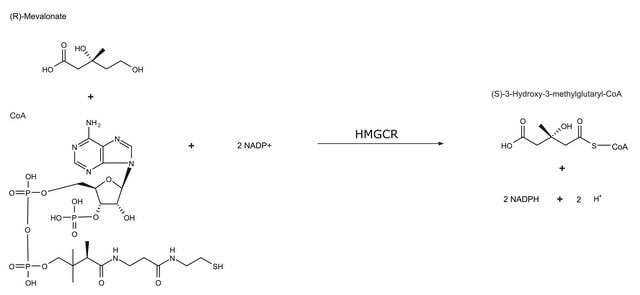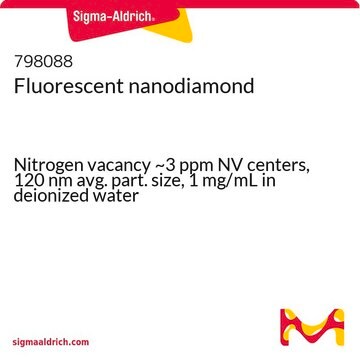CS1090
HMG-CoA Reductase Assay Kit
sufficient for 30 assays (1 mL), sufficient for 100 assays (200 μL)
Synonym(e):
HMGR Assay Kit
About This Item
Empfohlene Produkte
Verwendung
sufficient for 100 assays (200 μL)
sufficient for 30 assays (1 mL)
Qualitätsniveau
Versandbedingung
dry ice
Lagertemp.
−70°C
Angaben zum Gen
human ... HMGCR(3156)
Verwandte Kategorien
Allgemeine Beschreibung
Anwendung
Biochem./physiol. Wirkung
Kit-Komponenten auch einzeln erhältlich
- N6505β-Nicotinamide adenine dinucleotide 2′-phosphate reduced tetrasodium salt hydrate, ≥95% (HPLC) 25 mgSDB
Lagerklassenschlüssel
11 - Combustible Solids
Analysenzertifikate (COA)
Suchen Sie nach Analysenzertifikate (COA), indem Sie die Lot-/Chargennummer des Produkts eingeben. Lot- und Chargennummern sind auf dem Produktetikett hinter den Wörtern ‘Lot’ oder ‘Batch’ (Lot oder Charge) zu finden.
Besitzen Sie dieses Produkt bereits?
In der Dokumentenbibliothek finden Sie die Dokumentation zu den Produkten, die Sie kürzlich erworben haben.
Kunden haben sich ebenfalls angesehen
Artikel
3-hydroxy-3-methylglutaryl-CoA reductase (HMGR) is a transmembrane glycoprotein, located on the endoplasmic reticulum.
Unser Team von Wissenschaftlern verfügt über Erfahrung in allen Forschungsbereichen einschließlich Life Science, Materialwissenschaften, chemischer Synthese, Chromatographie, Analytik und vielen mehr..
Setzen Sie sich mit dem technischen Dienst in Verbindung.














